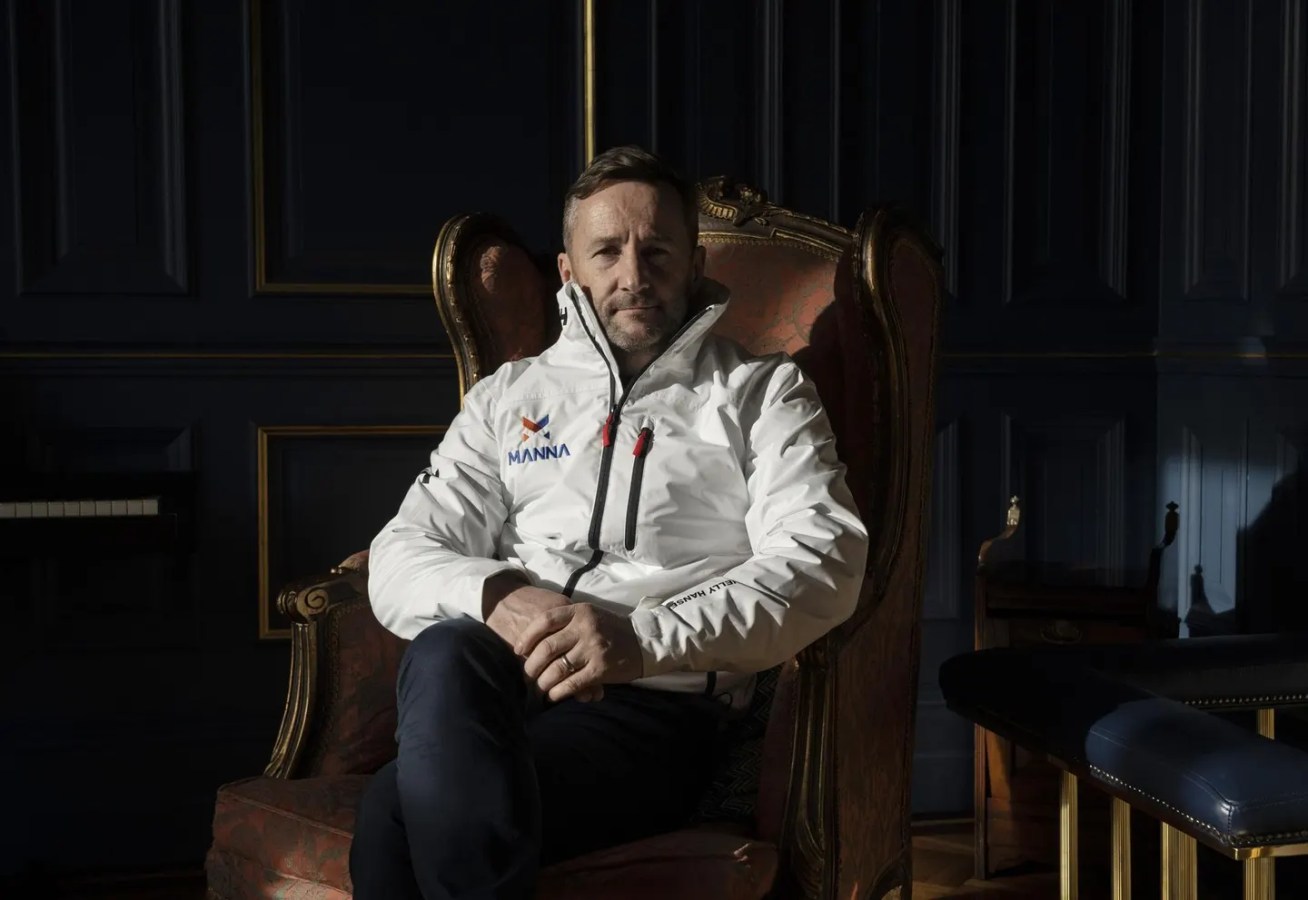What the military wants and what it needs are two different things, says the DefendTex founder who wants to make guided-missiles in Australia.
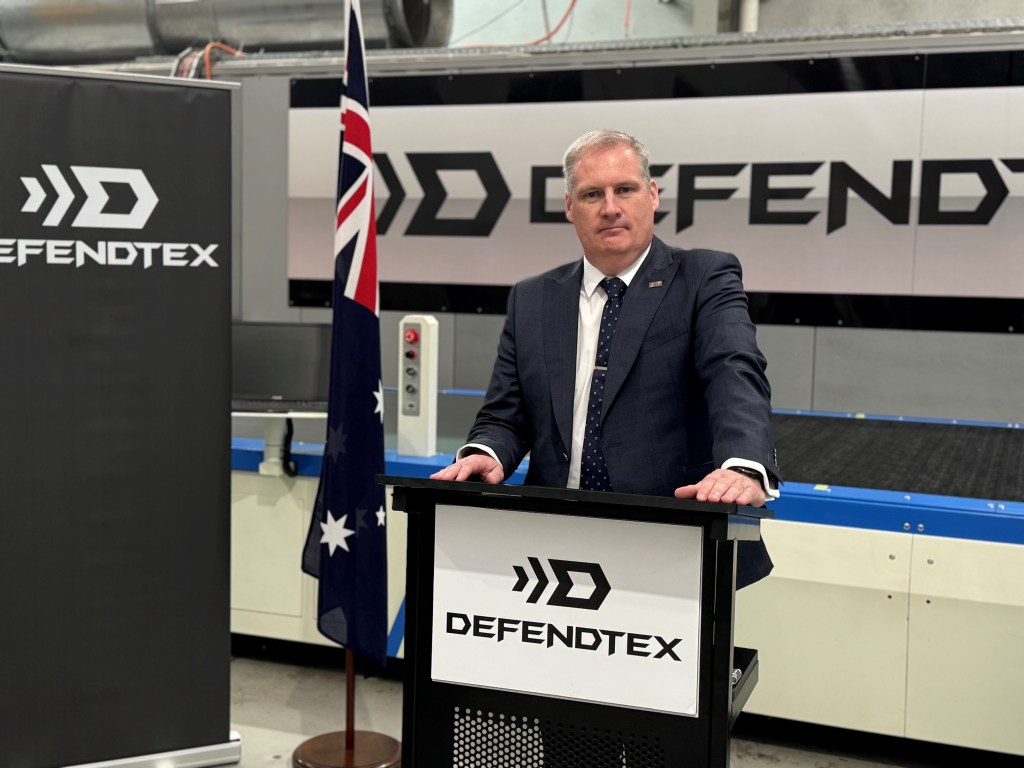
It starts with a lone sniper 1,000 metres away firing at a target on a hill, followed by mortar fire, a heavy artillery barrage, an attack helicopter churning up the dirt, Abrams tanks charging in, guns blazing. It culminates in an FA18 jet screaming in to drop a 2,000-pound bomb on the already pulverised hill.
Operation Chong Ju is meant to demonstrate to graduating army officers the immense firepower the Australian Defence Force can bring to bear. But DefendTex CEO Travis Reddy would take his newly recruited engineers to the Puckapunyal army base in Victoria so that as the dust swirled, the crowd applauded and their ringing ears adjusted, he could turn to them and say, “Imagine you’re the guy on the hill. You have to stop everything you’ve just seen with no more than what you can carry on your back. That’s your challenge.”
While the ADF has been on the dominant side of all the “asymmetrical” wars it has fought since Korea, the defence-tech founder sees a future where it might have to fight on the other side of that imbalance – outnumbered, outgunned and desperate for “force multipliers”.
“I need to make every Australian soldier combat effective as if they were 10 – if not 100 – soldiers. The only way I can do that is using technology like drones that allow a single soldier on a hill to disrupt a company or a battalion.”
Using that as its foundational philosophy, DefendTex has developed a diverse array of products since its founding in 2016. Three loitering drones, an anti-shipping drone that flies and swims underwater to fire a “super-cavitating” round at a vessel, laser-guided grenades, body armour and some secret squirrel stuff he won’t talk about.
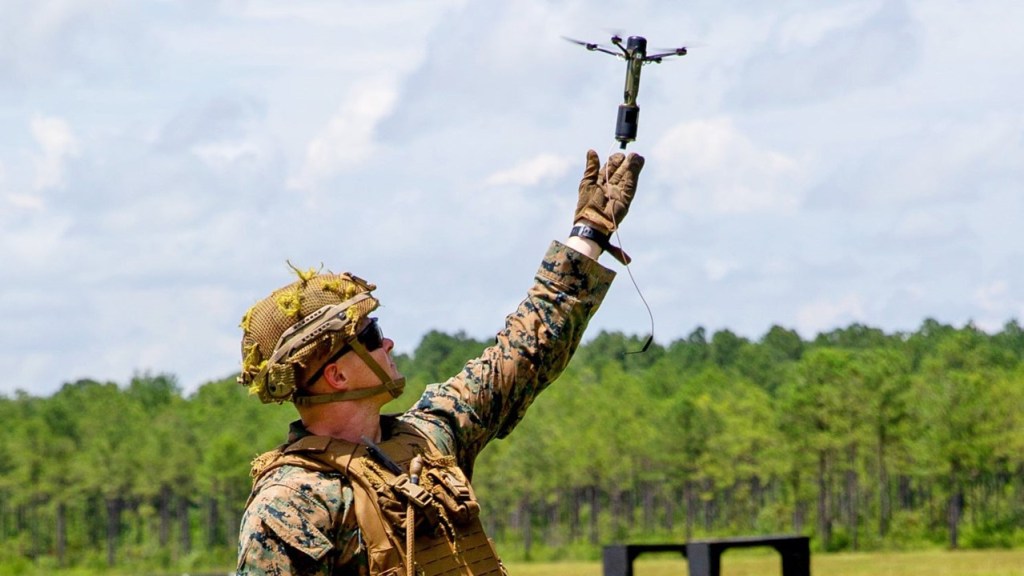
DefendTex has had plenty of help from the ADF and the Federal Government in getting these ideas to the prototype stage. But while it’s been able to sell finished products to the UK and the US, it hasn’t been able to get past what Reddy sees as a “cultural cringe” to sell those same products to the defence force that seeded them.
He also wants to bring guided-missile manufacturing to Australia, but he’s bumping up against an even wider and deeper array of entrenched positions.
Super Storm
Reddy, a computer programmer by trade, was a 24-year veteran of the Army Reserve. He started a couple of companies developing law-enforcement technology. “Body-worn cameras, speed cameras, those kind of things …” he says.
But he had another company, CapturePlan, tracking how consumers moved around shops. He sold that to AC Nielsen in 2007. After discussing with his accountant the most tax-effective way to use the proceeds – “in the mid-single-digit millions” – he put the maximum allowed into a self-managed superannuation fund. Not being the passive-investor type, he decided to sink all that super into the shares of a company small enough that he could influence, and whose mission he believed in. “I searched for ASX-listed defence-tech companies and came up with Metal Storm.”
Metal Storm had been founded by Queensland inventor Mike O’Dwyer in the mid-90s to develop his idea of a gun that acted like a Roman candle – able to fire a continuous flow of bullets. A prototype claimed a world-record fire rate of more than a million rounds a minute in the late 90s, but it was in trouble a decade later.
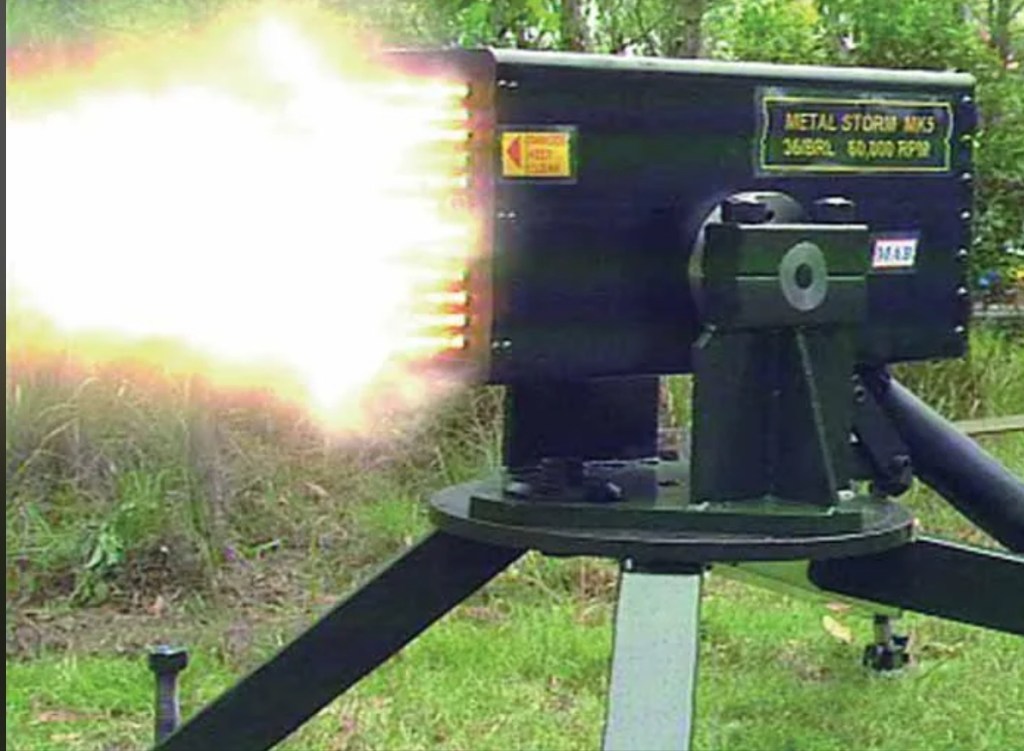
“The share price was worth nothing. Under the rules of self-managed super funds, I was able to buy enough shares that I’d become a significant shareholder and could present to the board. I had a turnaround strategy. I’d analysed their business model and thought, ‘I can fix this’.”
He presented to the Metal Storm’s board – they thanked him for his contribution and proceeded to ignore it. “Nine months later, they were bankrupt,” recalls Reddy. “I’m looking at a sizeable loss. I thought, ‘I believe in my strategy. Screw it!’ I bought the assets out of liquidation in Australia and, after a legal battle, out of Chapter 11 in the US. That was the start of DefendTex.
“So, I had this intellectual property, which I thought was awesome and would change the world. There was one small problem. I brought on my first couple of engineers, but the technology fundamentally didn’t work. That’s where you have that ‘oh-crap!’ moment. ‘I’ve spent how much money doing what?’”
The engineers assessed that the problems could be fixed, but it would take two years. Reddy had to figure out how to keep the company alive that long. His family home was on the line.
It was 2016. The ADF had introduced Army Innovation Day, a pitch-fest for new ideas, and it was being held the following week. “I had a couple of really good engineers,” recalls Reddy. “I said, ‘We’ve got a couple of days to come up with something new, or we’re in trouble.’”
He’d observed in the Iraq War that soldiers on patrol were being outgunned because they couldn’t patrol the streets with heavy weapons. “Our opponents were prepared to use heavier weapons and abandon them – so that meant our opponent had ‘range overmatch’. They could engage us before we could engage them.”
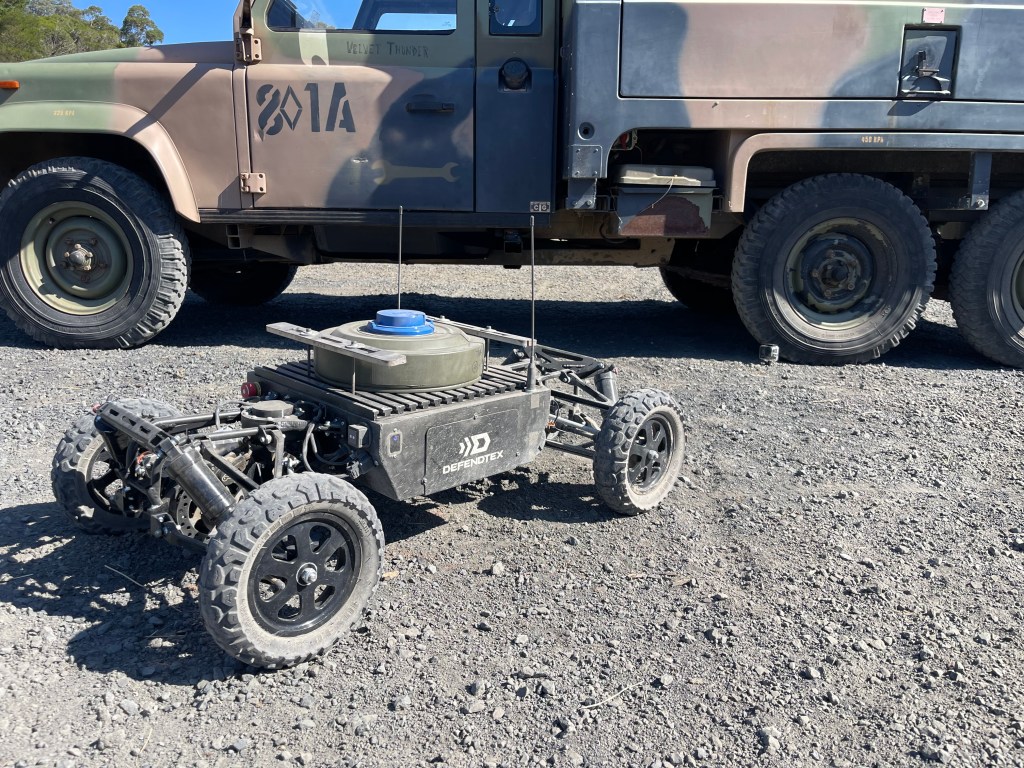
Reddy came up with an idea for a drone that launched from a grenade launcher. “In about two weeks, we put together a basic prototype, which we took to Army Innovation Day,” he says. “This was before drones were a thing. There weren’t any tight controls over how you could fly them.”
Reddy suggested his engineer fly it into the theatrette while he pitched and have it circle the room and land on his hand as a finale. The engineer was nervous. He’d barely flown the thing, but Reddy knew the power of story, so they took the chance. As his pitch closed, he put his hand out, and the drone landed. “The crowd was sold. We were given some seed funding to develop Drone 40.”
The engagement with the army led to more ideas. The ADF had just set up the Defence Innovation Hub, taking ideas and funding them. “We were the most successful Australian company in the Defence Innovation Hub with 18 contract awards that funded ideas through to trials and prototypes,” says Reddy.
“As a result, the UK and US started picking up some of those technologies. That got us a reputation in the defence space and helped us grow from three people to 120.”
Reddy attributes the success to his combination of military, tech and business backgrounds. “I was able to fuse the three things to give me a unique perspective on what army needs, not what army wants. They’re two different things.”
But while DefendTex has eight products being sold overseas – the most notable being its Drone40, of which the UK has donated 300 to Ukraine – it has sold none to Australia. When Australia bought its first loitering munitions in July, it overlooked the DefendTex product it had seeded in favour of the US-made Switchblade 300 from AeroVironment.
Other loitering munitions being developed in Australia include One-Way Loitering (OWL), which Western Australia-based firm Innovaero developed. Melbourne-based Sypaq Systems has also had its cardboard drones jury-rigged with explosives by Ukrainian forces to act as a loitering munition.
According to Reddy, Australia has been very good at getting ideas up to the prototype stage. “The trouble is, the innovation stream was never connected to the acquisition stream. Innovation wanted something new and game-changing. Acquisition wanted something that was battle-proven and compatible with our allies. You can’t have both.”
A full Brazilian missile
The Ukraine war brought home another problem: even with America’s industrial might, it couldn’t supply enough ordnance. The problem was potentially more acute with the “expensive, exquisite” systems like the M142 High Mobility Artillery Rocket System, or HIMARS. Australia is spending $1.6 billion to buy more of them from the US.
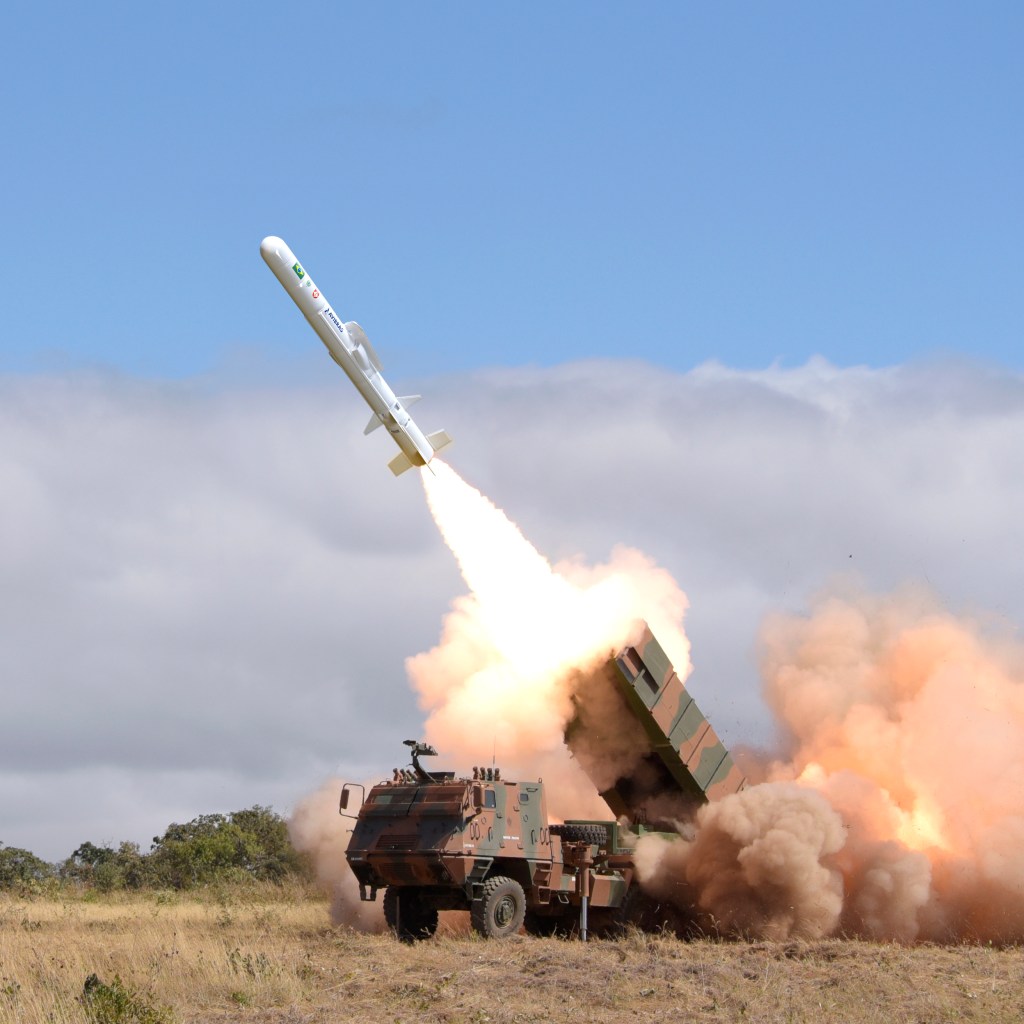
“What they forget to tell you is they make 15 to 30 rockets a month. How’s that going to work in war? And they’re full of electronic components that come from Taiwan. So, if China takes Taiwan, it’s a fallacy to believe we’ll continue to get the components for those exquisite systems. The US knows it, and it is investing in new foundries, but they’re still years away from being productive. “I looked at this and thought we need the ability to generate lots and lots of rockets and the ability to add on to them to make them precision-guided, but if we can’t produce thousands and thousands of rockets, we’re in trouble. We can make rockets with everything we have in Australia, it’s chemicals and some metals – two things we have lots of.”
Reddy started looking for missile technology to licence and came across Avibras in Brazil. “They have potentially the world’s best multi-launch rocket system,” he says. “HIMARS is a poor cousin to the [Avibras] Astros system which is far more practical, far more modular and a heck of a lot cheaper. I was talking to them about licensing it, but they were in financial trouble, so the opportunity came up to buy the company.”
Avibras had the capacity to produce 180,000 rockets a year, Reddy says. It was sitting idle because Brazil refuses to sell weapons to either side of the Ukraine war. Reddy figured he’d move some of the manufacturing to Australia and have an instant market. “It would take 15 years to build their know-how, and you could pick it up tomorrow for cents in the dollar. I just couldn’t see the downside.”
Starting in January 2023, he negotiated a $70-million price with an exclusivity period so he could go out and find the money. But when he took the deal to the banks, he was told they couldn’t loan him the money because of their ESG commitments.
Which banks?
“All the banks,” he says.
Private capital was scared off by the fear of South America. And by the fact it was a distressed asset. “Avibras had been very successful in the past,” Reddy says. “The founder died in a helicopter accident, and it was managed poorly after that. Before that, it had a turnover of more than US$1 billion a year.”
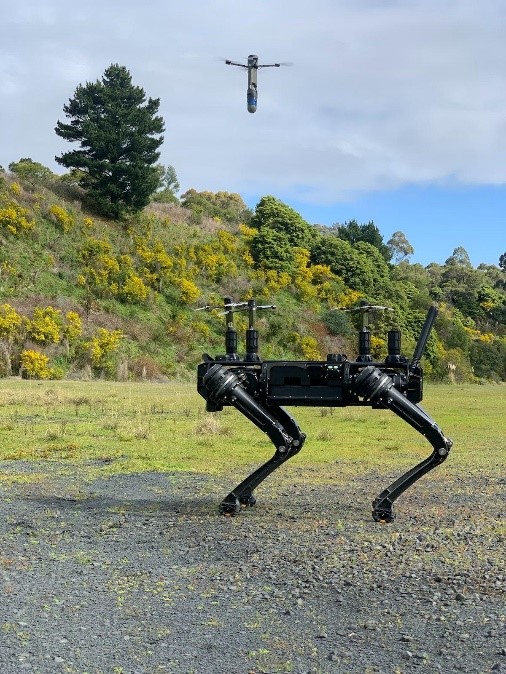
Meanwhile, the Chinese-government-owned arms manufacturer Norinco has been reported to be circling Avibras, which has debts reportedly in excess of US$100 million.
Reddy says he eventually got a Brazilian backer to put up US$50 million if he could find another US$20 million. He went to Export Finance Australia, he says. “Surely this is in the national interest. It’s the lender of last resort to assist Australian companies to export products. But EFA and Defence decided it wasn’t in the national interest to do so – a decision I cannot understand and do not agree with.”
Reddy presumes there are complex geopolitical factors at play of which he is not aware. “I can’t explain it any other way. I know I have a vested interest, but I’d like to think I’m astute enough to separate my emotional response from my rational response. I’m yet to have anything put to me that I’d consider a rational reason not to proceed.”
If he got Avibras, it would require further investment to set up in Australia, but that would be covered by contracts generated in Brazil, he says.
Meanwhile, in September, the federal government announced it would put $22 million toward a “request for information” from industry on manufacturing rocket motors for some of the world’s most advanced missiles in Australia.
While Reddy sees that as a positive, he remains hopeful he can buy Avibras, and use revenue generated by DefendTex’s existing product to do it. “We haven’t given up on Avibras. It’s a great company full of very smart people. The product is first-rate, and we really need that capability because if push comes to shove, the alternative for Australia is not good.”
He says that being a small company, making the business-end of weaponry is hard in Australia. “It’s hard to get insurance. You cannot get finance. Most companies in defence here are not making the lethality aspect – they make the landing gear or the radar. You get lumped into this idea that people who make weapons are mercenaries who will sell to the highest bidder. It’s not like that.”
Reddy sees DefendTex profitability as a means to a bigger end. “I have grave concerns about the preparedness of the ADF to protect us from a very large neighbour – I’ll name it because no one else wants to – China. I think it’s a threat to our way of life and my children’s way of life. That’s why I do what I do. To do it effectively, we need to think of force multipliers.”
The ADF and Export Finance Australia were contacted for comment but did not respond.
DefendTex force multipliers
- D40
A drone that can be launched from a 40mm grenade launcher, carrying a payload up to 25km. Sold to the UK and US, and gifted to Ukraine. - D81
A low-cost drone offering surveillance and ordnance capabilities, featuring autonomous flight and swarming options. - D155
A low-cost, tube-launched drone designed for payload delivery, equipped with autonomous flight and swarm capabilities. - Low Profile Body Armour
Ultra-thin, high-hardness steel armour that is half the price of conventional ceramics, offering greater durability. - OC38
Pepper spray designed for law enforcement. - 155 Banshee
An unmanned ground vehicle with a top speed of 100km/h and a range of 30km. Designed for reconnaissance, anti-mine missions, and capable of driving under tanks to explode. - Super Cav
“Super-cavitating” projectiles that travel underwater at 21 meters per second, encased in a bubble. Funded with $3 million from the Defence Innovation Hub in 2019. - Hydra
A drone capable of landing on water, waiting for a ship, propelling itself underwater, firing a super-cavitating projectile, returning to the surface, and taking off again. Not backed for further development.
Look back on the week that was with hand-picked articles from Australia and around the world. Sign up to the Forbes Australia newsletter here or become a member here.


